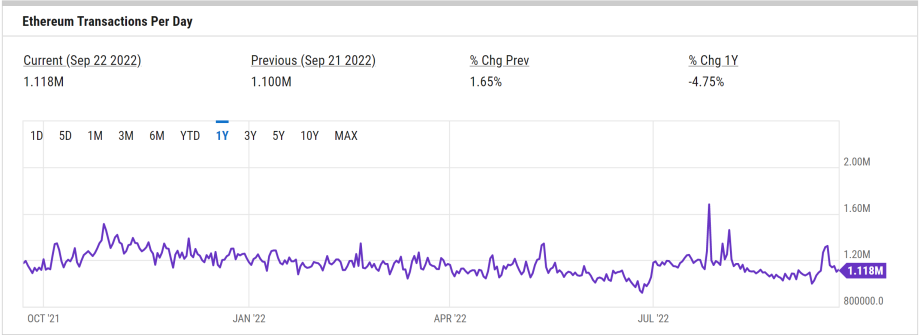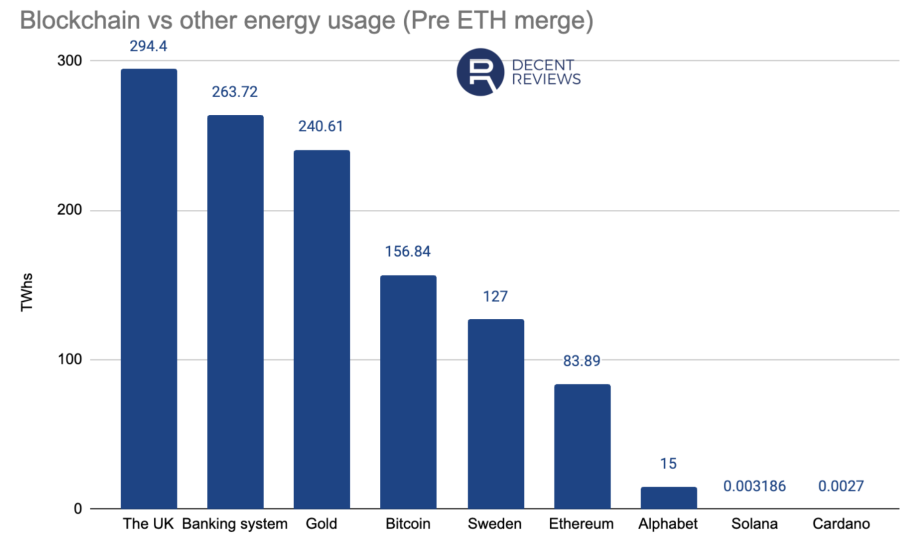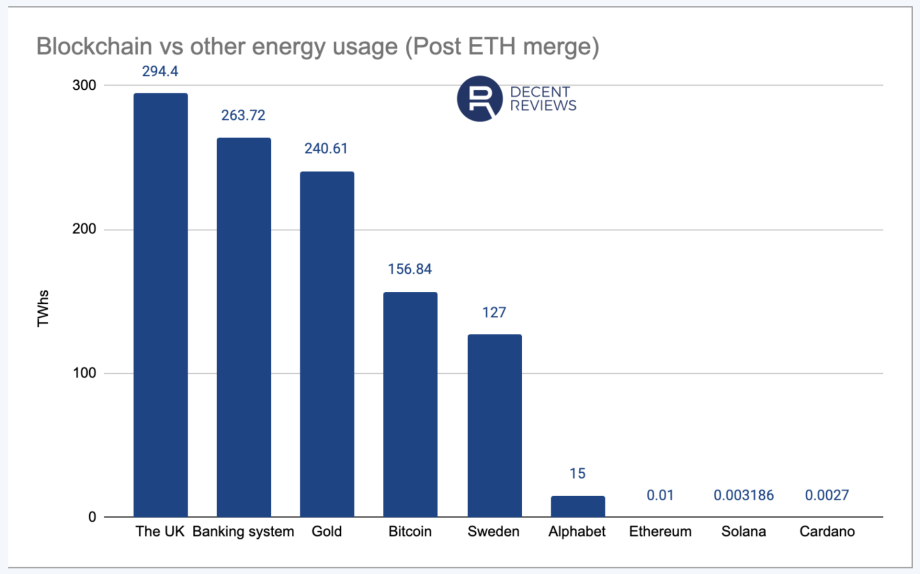Was Ethereum’s merge really successful?

Last week the world’s second-largest cryptocurrency made history by becoming the first major cryptocurrency to effectively replace its consensus mechanism and while this is truly a landmark accomplishment for Ethereum developers, the hype surrounding the switch to proof-of-stake quickly dissipated.
In order for anything in the modern world to grow or even survive, it must maintain a constant flow of new supporters, believers, and users. Although it is too early to say for sure and with the caveat that we are in a crypto winter Ethereum’s successful merge failed to bring in any new users to its ecosystem.
As the chart above illustrates the merge failed to bring a wave of new users to the blockchain. So how did the merge affect the transaction throughput?
As you can see by the on-chain data provided by Coin Metrics the average number of transactions processed by Ethereum has pretty much stayed the same post-merge making the scalability argument for PoS becomes a hard debate at the moment.
But perhaps the biggest deterrent for new users coming into the Ethereum ecosystem was the extremely high cost of transactions. Many investors were under the belief that the merger would finally provide a meaningful reduction in gas fees. Gas fees are the cost required to perform a transaction of any sort on Ethereum’s blockchain.
The chart above does show that Ethereum gas fees have come down considerably over the last year. However, the drop in gas fees is correlated to the loss in interest for the project likely tied to the loss in its underlying asset’s price.
The one true success for Ethereum 2.0 post-merge is the highly anticipated reduction in energy consumption. Estimates are that energy usage has dropped by 95% - 99%. Although it is still undetermined if this will come at a cost to the ecosystem’s security, censorship resistance, and other possible still unknown consequences this reduction is the cornerstone of the merge, and while its positive effects may not be seen for some time it surely will strengthen Ethereum’s long-term success as the globe will only ramp up its energy conservation regulations. This could also be what brings more people on board in the future as the world becomes more eco-conscious.
This was the most important facet of the merge and even if all the other hopes were in vain the energy aspect will prove more and more critical and benefit Ether for decades to come, we have not even begun to see the effects of this. So if only for that reason the merge was successful.




